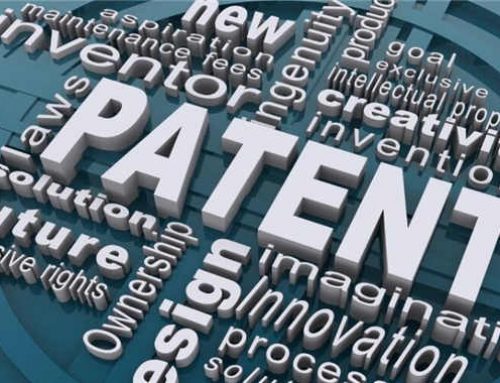This new report aims to shed light on the trends in innovation in AI since the field first developed in the 1950s.
I am pleased to present the first report in a new flagship series, WIPO Technology Trends. This first edition features artificial intelligence (AI) as the theme. It is a fitting topic for the launch of the series as AI is a cutting-edge technology with impacts on a wide range of businesses and activities.
AI is fast becoming part of our everyday lives, changing how we work, shop, travel and interact with each other. Yet we are only at the beginning of discovering the many ways in which AI will have an impact on – and indeed challenge – business, society and culture. There are numerous misconceptions and misgivings about the nature of AI, and in particular the challenge it poses to humankind. Given these widely held reservations and concerns, it is essential to have a factual basis
for policy discussions about innovation in AI. Through this report, we hope to contribute evidence and bring clarity to this important area of debate.
Based on a detailed study of patents and other information, this new report aims to shed light on the trends in innovation in AI since the field first developed in the 1950s. Research has involved the analysis of patent data related to AI inventions, as well as data on scientific publications, litigation filings and acquisition activity. These data findings are discussed in detail and accompanied by commentary and industry perspectives from more than 20 of the world’s leading experts in AI; more complete datasets, patent search methodology and expert contributions are openly available on
the WIPO website. We hope that this report will prove an invaluable resource for businesses,
researchers and policymakers in the field, as well as for those general readers who want to find out how AI research has so far developed – and where it is going.
The analysis offers unique insights into trends in AI techniques (i.e., the different approaches used in AI, such as machine learning and fuzzy logic), AI functional applications (such as natural language processing, speech processing and computer vision) and AI application fields (i.e., those industries and
other sectors in which AI innovation is being put into practice). One of the most striking findings of the report is that 50 percent of all AI patents have been published in just the last five years – a remarkable illustration of how rapidly innovation is advancing in this field.
This report identifies the key players in AI from both the corporate and public sectors across different research areas and industries. Furthermore, the analysis of the data and the inputs from AI experts address many of the policy issues raised by AI, such as the regulation and control of data, the incentivization of further research, the role of intellectual property (IP) protection and the development of human-centered and ethical AI to benefit all.
Together, the analysis of technological trends presented in this report and the voices of AI experts collected here are a valuable new addition to a growing knowledge base on AI. I hope that this contribution will help to shift debate away from speculative interpretation and toward evidence-based projections, thereby informing global policymaking on the future of AI, its governance and the IP framework that supports it.
The report includes:
Trendsin artificial intelligence
Evolution of AI patent applications and scientific publications
Key players in AI patenting
Geography of patent filings
Key issues arising from AI and policy responses
Market trends related to AI
……
If you want the full report, please email to info@venustranslation.com, we will share to you freely.


